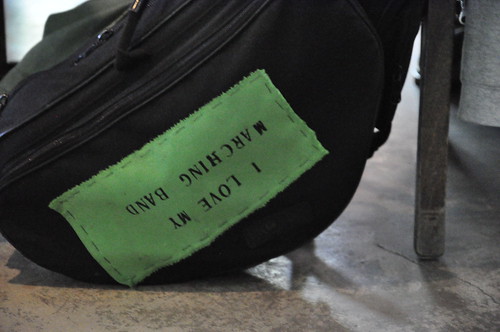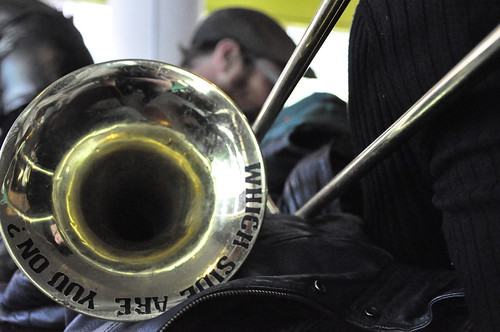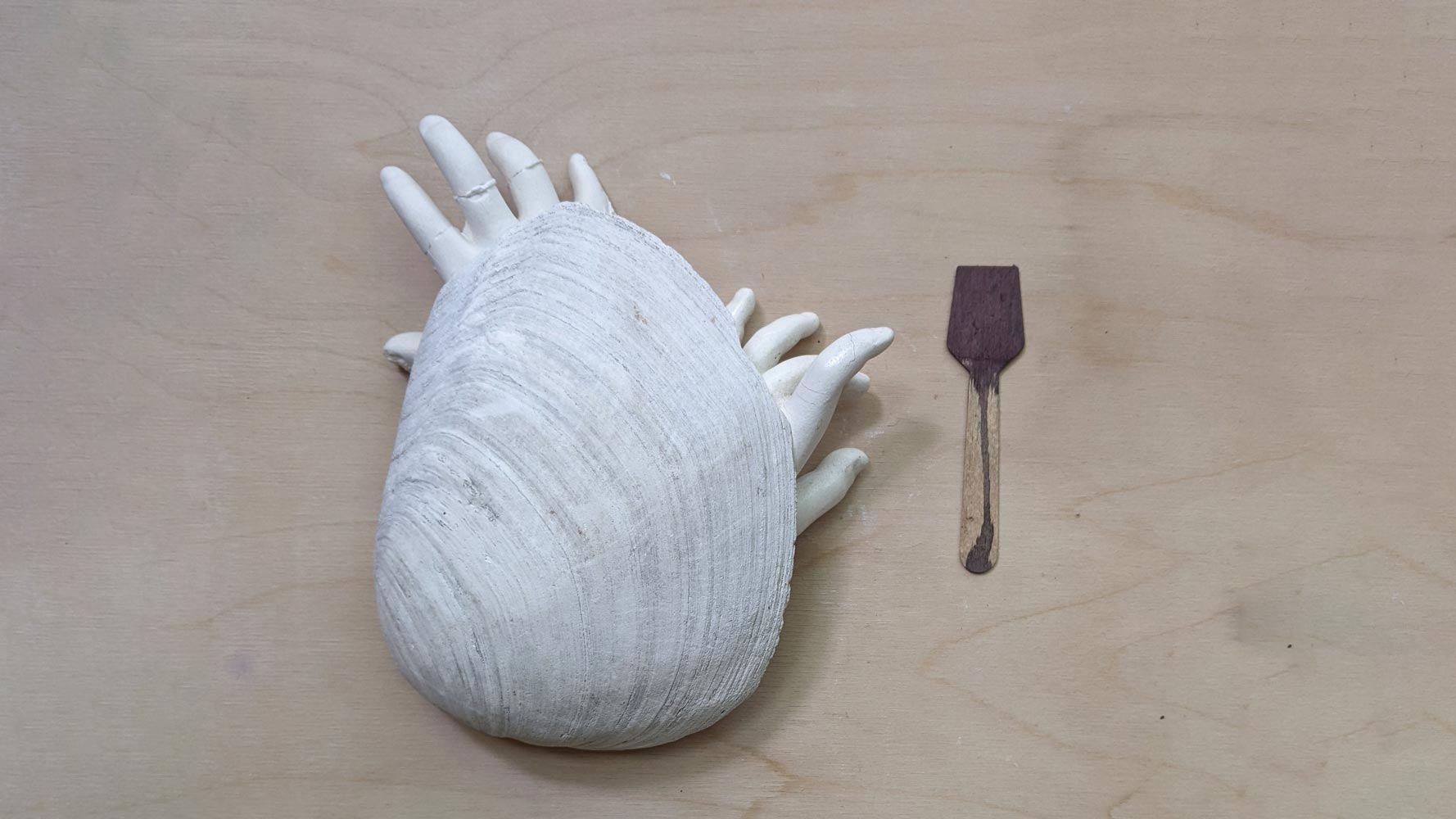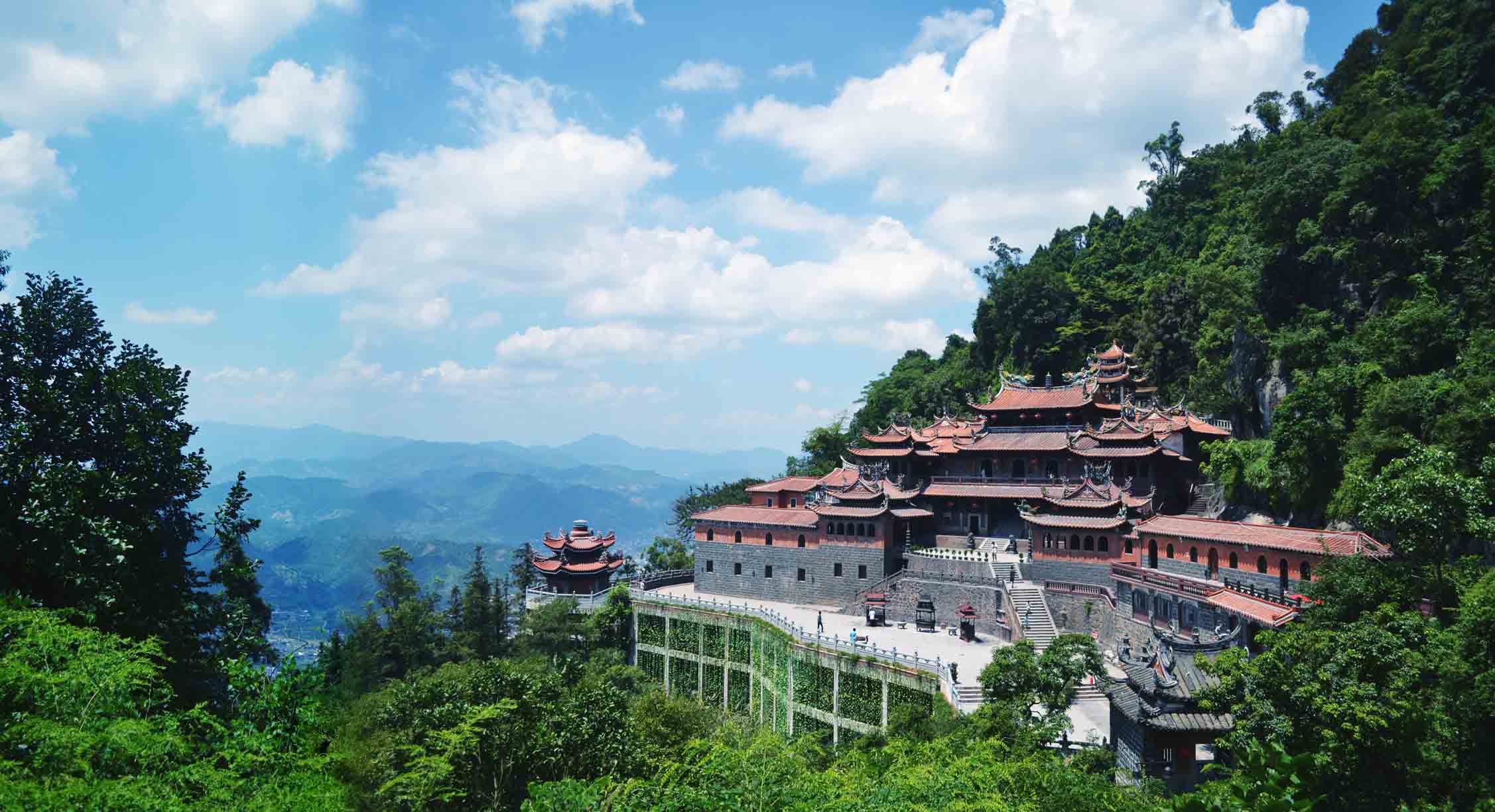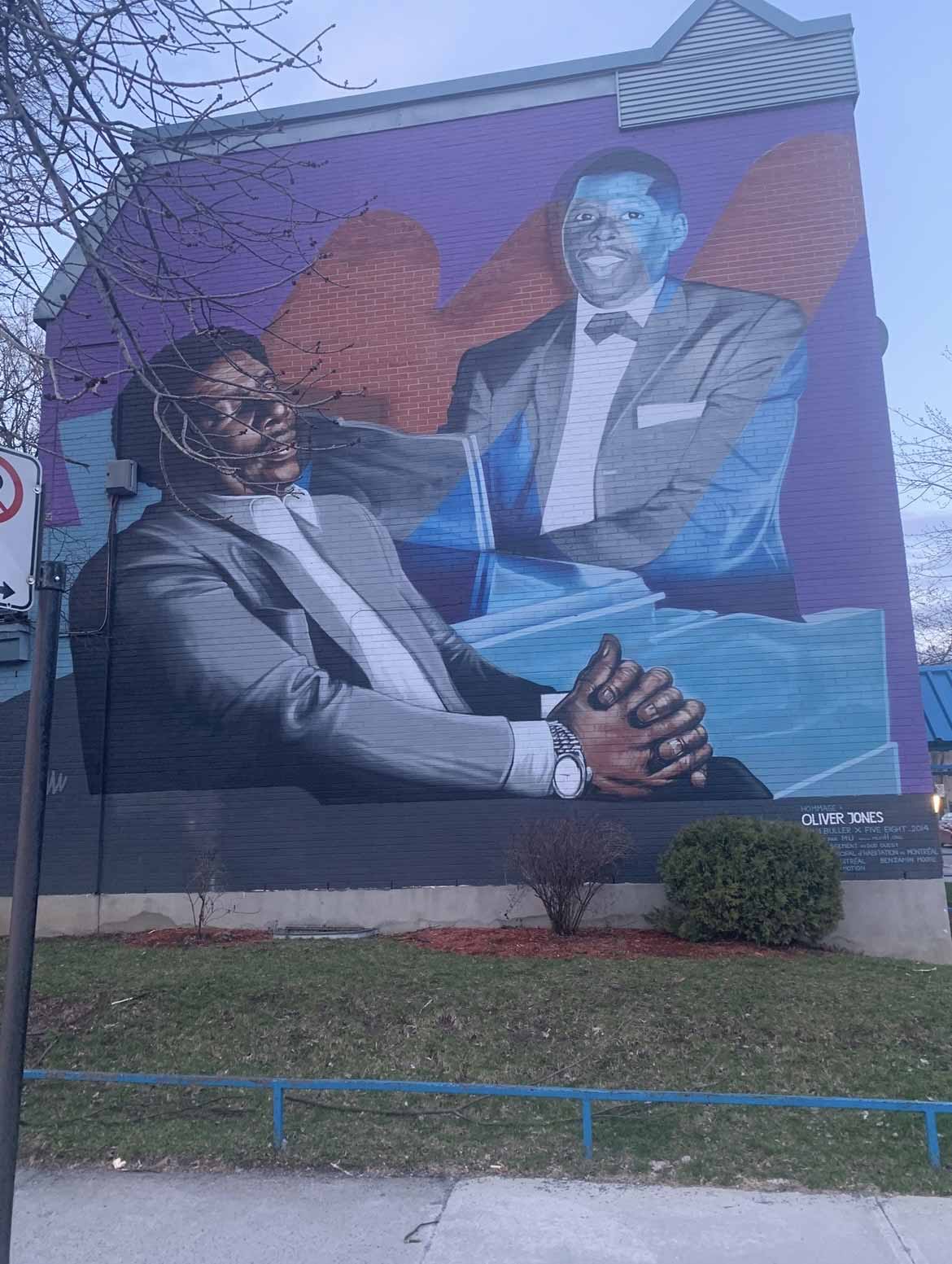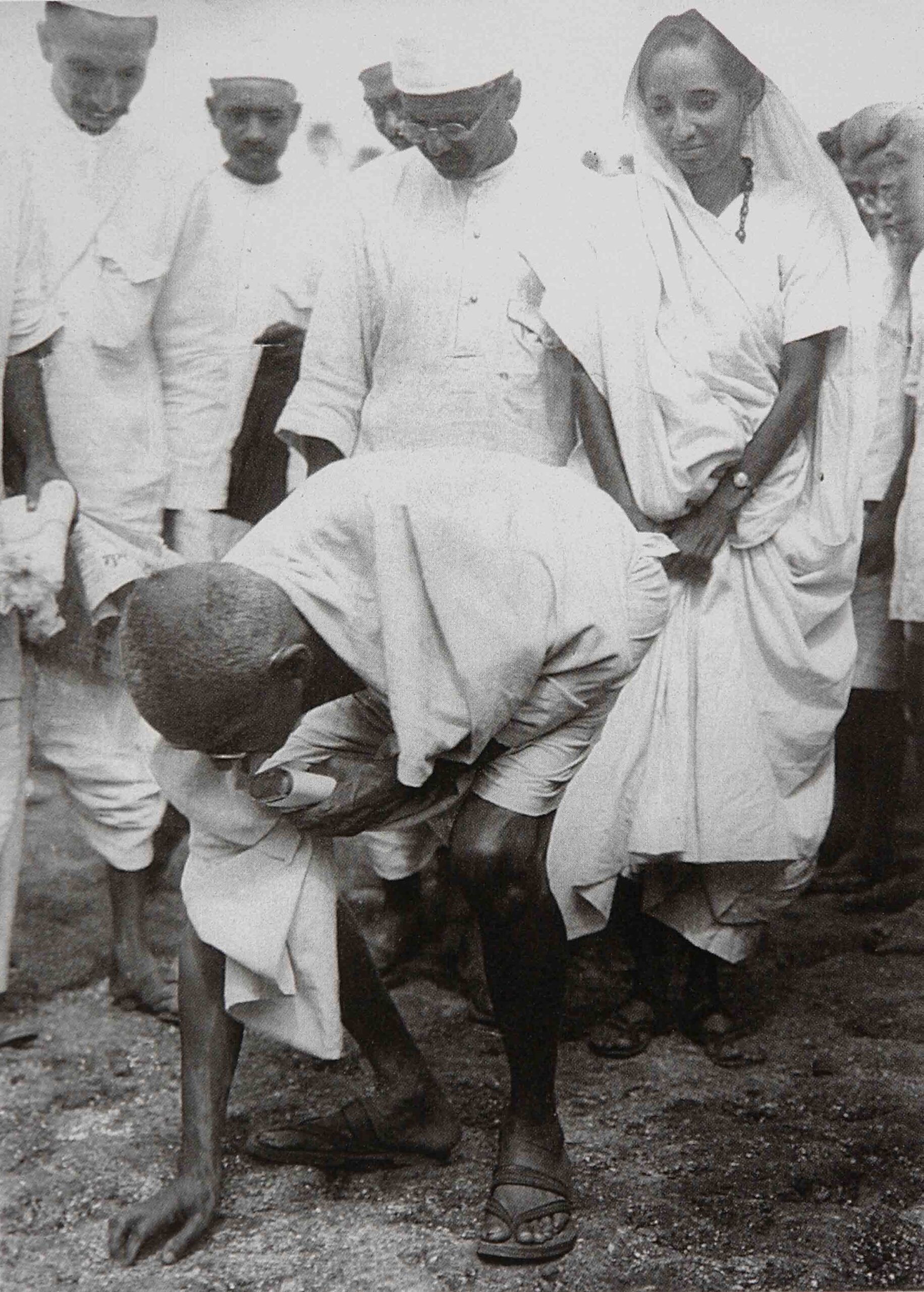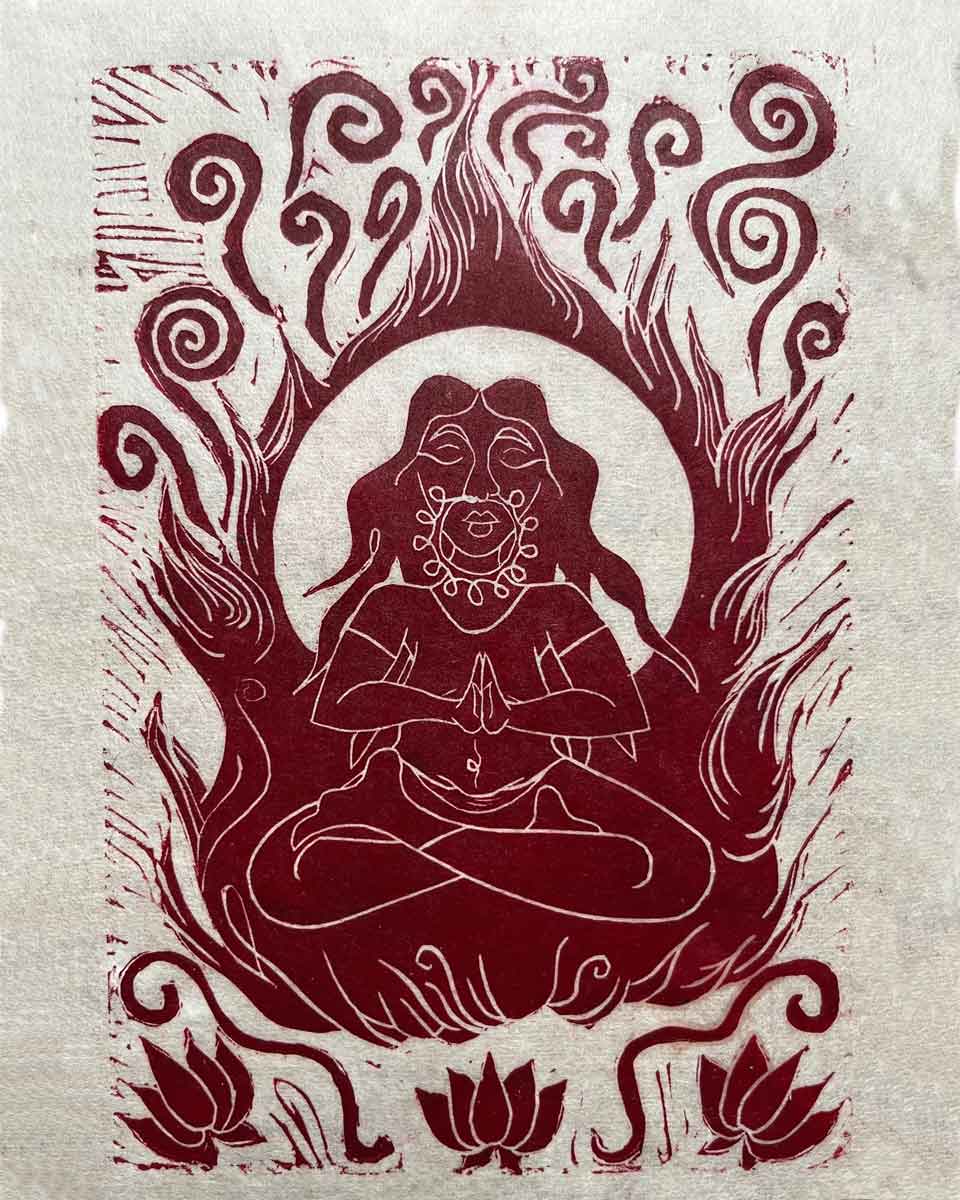„Ohne Musik wäre das Leben ein Irrtum.“ Frederick Nietsche
Forget military parades and college football halftime shows. The term “martial band” might be more appropriate to describe the ethics and esthetics of a marching band culture which is all about discipline, neat uniforms and tightly choreographed performances.
There is a counter-cultural movement of activist street bands out there. This culture of radical marching bands is rather unknown to the general public, but it’s making noise in the streets and playing a part in communities’ life and struggles. Behind the esthetics of fun and funky costumes the ethics of this somewhat loosely organized movement is about grassroots politics and progressive social change.
When I picked up the bass drum and joined the Chaotic Insurrection Ensemble (CIE) – more commonly referred to as the “anarchist marching band” – two years ago, I endorsed it’s mission statement, which takes a clear anti-capitalist and anti-authoritarian political stance:
“We are an activist street band and organize with anarchist principles. We try to reflect this view in the structure of our band, the struggles we support and the music we play. We strive to be culturally sensitive in our choice of costumes and repertoire and are always open to discussion and to reconsidering our choices. We operate on a consensus basis and support grassroots movements, individuals’ struggles, and community building. We recognize that we are fighting for social justice on stolen land. We foster an artistic space in which French, English and Franglais are all equally respected.
We support the free movement of people. We stand against all oppression and domination including but not limited to racism/white-supremacy, capitalism, classism, state and corporate violence, war, imperialism, colonialism, poverty, homophobia, gender oppression, patriarchy and ableism. We work to resist these forces and reclaim our communities by playing music in the streets, at rallies and demos, community dinners, and radical artistic events etc. We play songs of a political nature in remembrance of worldwide struggles against oppression; these songs are historical monuments to our own culture of resistance and are played to inspire our communities. We seek to reclaim public spaces, to help make political movements fun and exciting, and to celebrate resistance in a way that reflects our vision of the world we want to live in.”
Founded on May 27, 2006 at a “Status for all” demo in Montreal, CIE is part of a growing network of street bands that stretches across North America from the San Francisco/Oakland Bay Area in California to Quebec City in Canada, from Boston, Massachusetts, to Seattle, Washington, and from New Orleans, Louisiana, to Brooklyn, New York.
IF I CAN’T DANCE, IT’S NOT MY REVOLUTION
“Our bands will come to play in situations where no other band will accept to play: in hard situations; when the weather is not good; outside with no sound system,” explains Florence Richer, a seasoned musician who plays clarinet, saxophone or snare drum depending on CIE’s lineup. “There are many occasions when it’s the only way to be loud and to be heard: you can make a lot of noise, you can disturb…”
The basic idea is simple: “The political actions we organize, if they are not fun, people will not come,” bluntly says Richer with a smile in her voice.
“It’s almost like this job we’ve taken on in the context of demonstrations” CIE saxophone player Matt Corks explains more seriously. Part of it means making the claims of grassroots and radical movements more visible (or audible) and “attracting the attention of the media.” But more fundamentally, says Corks, “it’s basically a way to make political and popular movements less boring.”
Community bands and brass music have been around for ages and around the world. The tradition of Klezmer music has deep historical and cultural roots dating back to the mid-15th century in the meeting of middle-eastern Jewish music, central european Slavic music and eastern european Gyspsy music.
The british and north american tradition of brass bands goes back to the second industrialization phase in the mid 19th century. This musical tradition of brass ensembles was picked up and pushed further by New Orleans dixieland jazz orchestras in the early 20th century.
Around the same time period, industrial folk music started developing a wide repertoire of political songs.
The activist street band movement, which started emerging around the early mid 2000s in North America, can be considered an evolution and a fusion both these traditions: mixing the musical heritage of brass music with the political heritage of working songs. (Many bands have also widely dug into the brass-friendly Klezmer-Slavic-Gypsy repertoire as well as in Afro-American gospel-soul music, raising some serious questions about cultural appropriation, similar to those that need to be addressed on the pop, jazz, R&B, rap or Hip-Hop scenes.)
HONK YOU VERY MUCH!
The emerging movement found its first meeting ground at the Honk! Fest, an annual gathering of activist street bands in Somerville, Massachusetts.
Impulsed in 2006 and co-organized by members of the Second Line Social Aid and Pleasure Society Brass Band, the concept of this community-based event has spread rapidly and has been replicated throughout the US from Austin, Texas, to Providence, Rhode Island.
“Crucial to Honk! is that it is ground-up, that it is grassroots,” Somerville Honk! co-organizer and member of Second Line Kevin Lepmann says.
Bringing together 700 musicians from as far as Rome, Italy, and Vancouver, BC, the 7th edition of the Honk! fest in Somerville, held in October 2012, remained a volunteer-supported, fully non-for profit and free event: a radically political gathering that reaffirms the value of community building and the power of the arts in reclaiming public spaces.
Honk! is a sort of unconventional convention, where marching bands from various parts of the continent share songs and skills: “the same way that people who write software do conferences about whatever they do… except ours is a lot more fun!,” Matt Corks – who happens to work in Web design and hosting – explains laughing.
The fact of the matter is that an event like Honk! can’t really be explained: something Olivier D. Asselin, an independent Montreal filmmaker who accompanied CIE to Honk! in 2007, understood instinctively.
His musical documentary Honk you very much was launched in Montreal on the stormy wintery evening of Feb. 2, 2008 at cabaret Lion d’Or.
The event, which became to be known as Montreal’s first Cultural Insurrection Convention was marked by an episode of pure chaos, giving credit to CIE’s often-discussed band name.
(“We’re really chaotic,” CIE sousaphone player Chantal Cornu confirms candidly. Although the band has played in semi-insurrectional and truly chaotic contexts, many people – including founding members – find the name a little pretentious.)
LA JOIE ET L’ANARCHIE
Piccolo and trombone player Rachel Heap-Lalonde, one of the co-founders of CIE, remembers how a local activist and friend of band members – who now runs a farming coop south west of Montreal called Les Jardins de la résistance – started shouting:
“Dans la rue! Dans la rue!”
The crowd inside the Lion d’Or indeed went out into the cold, snowy street.
Ontario Street was almost empty – as it is normally on a February night – except for a bunch of crazy musicians and a crowd of a few hundred no-less crazy dancers. A sousaphone player started playing a waltz, his massive instrument wrapped around his bare chest.
“Il faisait froid, il neigeait…,” (“It was cold, it was snowing…”) remembers Claire Abraham who plays snare drum and cello with CIE.
At that point, witnesses all recall how there was no clear leadership. It was as if music itself had taken over.
The police loudspeaker – telling people to clear the street – was useless: the rebellious sound of brass instruments and drums was overpowering the police’s call to order.
No one knew what to do or who to follow.
The Lion d’Or staff was unsuccessfully pressing people to go back inside to avoid getting in trouble with the law. Some mischievous snowballs expectedly flown towards the cops. But the police didn’t really know how to deal with the situation, which could obviously be considered disorderly but hardly as a threat to the peace.
Out of it’s own collective will, the crowd eventually moved back inside and the evening resumed it’s “normal” course.
“It’s a crazy thing… dans une salle comme le Lion d’Or,” says Abraham in a typical CIE “Frenglish” sentence, recalling another moment in that evening when she filled the 1930’s cabaret hall with a cello solo – a sound completely uncharacteristic of traditional marching band instrumentation.
Without a doubt the first Cultural Insurrection Convention was an unforeseen and incontrovertible success. It filled hearts and memories with craziness, joy and anarchy and quickly became a milestone in CIE’s history.
Like many others, CIE co-founder, accordion and trumpet player Miriam Heap-Lalonde remembers it as something “magical”: a step the second Cultural Insurrection Convention show (held on June 9, 2009, at L’Alizé) could scarcely top off.
CHAOS CAN (NEVER) BE CONTROLLED
With similar initial conditions another situation of joyful chaos turned into a dramatically different result. It was during the 2010 Montreal Anarchist Bookfair – which is said to be the largest gathering of anarchists in North America – just days before the June 2010 G20 Summit in Toronto.
The climate of surveillance and the increasing use of political profiling against activists created a lot of tension between radical anti-capitalist and anti-authoritarian movements and the Montreal police service (SPVM).
Il Motore, a small venue on Jean-Talon Street was “full of activists,” Miriam Heap-Lalonde remembers.
At the end of the show, someone led the crowd – and the band – out into the night without any precise plan or purpose other than taking the street. The cops showed up shortly thereafter and a predictable confrontation took place.
According to accounts of the events, one person ended up badly injured and there was at least one arrest made by the police.
A few weeks later, a small bar on Saint-Laurent Street – known to be an anarchist and anti-capitalist hang out – was threatened into canceling a CIE show by the SPVM’s “escouade des moeurs.” (“Vice Squad”)
(Anecdotally, the Montreal police’s “morality squad” was founded in 1909 in the wake of the Cannon commision inquiery which revealed systemic corruption of city officials, directly incriminating the police chief and the police service as a whole in tolerating illegal gambling, prostitution and illicit alcohol sales.)
These events stirred up some serious conversations within CIE about its street tactics (or lack thereof) and its responsibility towards activists and organizers of the events it takes part in.
CONNECTING RADICAL MUSIC TO GRASSROOTS STRUGGLES
No doubt there is a lot to be learned, in terms of musical skills, from the bands attending Honk!, many of which are constituted of professional musicians – all of whom accept to play for free at the festival.
“It’s not all musicians that are like this,” Kevin Lepmann acknowledges, but there is really no way Honk! could afford to pay hundreds of musicians. “Profit is not the motive here,” Lepmann insists. Organizers and invited musicians alike do it all for free, out of love for music.
There is also a lot of tactical skill sharing to be done between radical marching bands who sometimes play in rather extreme conditions – as did Tint(a)nar members who describe the experience of playing during the Victoriaville riot on May 4, 2012.
« On était vraiment sur la ligne de front. On était dans les gaz lacrymogènes. On était, des fois, entre la police puis les manifestants. Des fois, il fallait reculer quand la police chargeait. »
(“We were really on the front line. We were tear-gassed. Sometimes we were between the police and protesters. Sometimes, we had to back away when the police charged.”)
« On était vraiment au milieu de la tourmente. Les fameux “black blocks” – que le monde pense qu’ils sont complètement méchants –, ils nous ont protégé de la police. Ils ont empêché les gens de nous courrir dessus quand ils se sauvaient de la ligne antiémeute qui chargait. Souvent, il y avait une bonbone de gaz lacrymogène qui arrivait proche de nous. On voyait des gens masqués avec des gants prendre la bonbone la relancer plus loin pour pas que ça nous incomode. »
(“We were really in the eye of the storm. The famous ‘black blocks’ – the ones everyone thinks are totally bad –, they protected us from the police. They prevented people from running over us when they were running away from the riot cops charging them. Often, there would be a tear gas canister that would fall near where we were. We’d see people with masks and gloves pick them up and throw them further away us so we wouldn’t be hassled by them.”)
Many musicians from different activist groups felt that these kinds of discussions about radical street band tactics was “a need that wasn’t fulfilled at Honk!,” as Miriam Heap-Lalonde puts it.
The organizers at Honk! have always wanted to create room for political discussions within the festival, but most of the time and space within Honk! is taken – and righteously so – by sheer music.
“Honk! has sort of evolved in that not all of the bands that are there have an explicit political mandate,” also notes Matt Corks.
Workshops and conferences during the 2009 Cultural Insurrection Convention had been organized to create a space for networking and skill sharing between explicitly political, radical street bands. Some informal workshops had also taken place around the third convention, held on April 17, 2010, at Les Katacombes, a worker’s coop in downtown Montreal.
Building on that experience, CIE decided to call for a fourth convention in April 2012, which took place at Café l’Artère, a newly formed coop in Montreal’s highly multicultural neighborhood of Parc-Extension – and incidentally happens to be one of the poorest neighborhoods in Canada.
After a parade through the streets of Parc-Extension a group of musicians stopped in Parc de la Gare Jean-Talon to record a take of this traditional gospel funeral song which was dedicated to a CIE member who had lost her father a few weeks earlier.
[soundcloud]https://soundcloud.com/mais-siam/i-will-fly-away?in=mais-siam/sets/musique[/soundcloud]
At the time, the streets of Montreal were the stage of a major social movement – sparked by a student strike against tuition hikes by the provincial government –, rooted in the ongoing global struggle against neoliberal “austerity” policies. Members of the invited bands, along with CIE musicians, formed a marching band contingent in the massive April 14 demonstration, taking part in what became to be known as the “Maple Spring”(“Printemps Érable”).
LA POUTINE À L’OIE SPÉCIALE
Just a month later, on May 18, the Assemblée nationale du Québec passed a law designed to restrict protest rights across the province. The “special law” (or “loi spéciale”), was soon challenged by thousands and thousands of protesters who defied its anti-constitutional provisions in the streets. The ignominious Bill 12 was repealed by the government elected on September 4. But the Montreal P-6 bylaw – hastily modified the day the “special law” was voted to introduce similar anti-protest provisions – was maintained.
[soundcloud]https://soundcloud.com/mais-siam/la-poutine-loie-speciale?in=mais-siam/sets/musique[/soundcloud]
(Based on a 1968 children’s movie song, called Le Pouding à l’Arsenic, this song was subverted into a statement against the repealed “special law” and it’s offspring bylaw p-6. The chorus reads:
La poutine à l’Oie spéciale / dans les rues de Montréal: / une recette de profiteurs, / de promoteurs et de voleurs / La poutine à l’Oie spéciale, / Y’ est pas question qu’on l’avale. / C’est juste bon pour la police / Mais nous-autres, on s’en calisse!
Loosely translated it would read something like this: The special awe poutine / In the streets of Montreal / A profiteers’ recipe / for developers and thiefs / The special awe poutine / We ain’t gonna swallow it / It’s just good for the police / We don’t give a shit about it!)
Since March 2013, P-6 has been used to ‘arrest’ and fine over 1,200 people attending political protests in Montreal: some 239 on the annual March 15 protest against police brutality; another 150 on March 22, 2013 (marking the first anniversary of the 200,000 people strong march against tuition hikes in Montreal) ; another 280 on April 6, 2013 ; and a record number of 447 at the May 1 Worker’s Day demo, which had been called by CLAC: the convergence of anti-capitalist struggles who had previously stated its refusal to comply with P-6.
Almost as many “arrests” were made in Montreal on that single day than in the whole province of Quebec under the War Mesures Act in 1970.
A good dozen CIE members were held, along with over 400 people, in the police “kettle” in the Old Montreal – which sure did not keep us from playing!
As described in a detailed account, we were later “arrested,” detained, transported across town and fined the hefty sum of $637 for having allegedly taken part in an assembly endangering the peace, public order and safety.
Three weeks later, CIE was hosting the fifth Cultural insurrection Convention. The May 18 Café l’Artère show was a tribute to street art and cultural resistance in the context of increasing political repression and profiling against radical protests in the evermore-policed public space.
https://soundcloud.com/mais-siam/who-called-the-police
This cover of a New Birth Brass Band, from New Orleans, Louisiana, was still resonating in our heads the next day when SPVM vans tried to drive us out – literally – of Jarry Street at the beginning of the annual ‘Status for All’ walk.
It’s easy to guess who might have called the police at the recent “No borders, No prisons” action, after migrant justice activists broke open a section of the fence at the Laval Immigration Holding Center, to the sound of Wein a Ramallah, a Palestinian song which talks about return of refugees to the city of Ramallah.
Let the walls of the prisons holding this world together go down like the Titanic, and count on a couple of marching bands to keep on playing for revolution!
